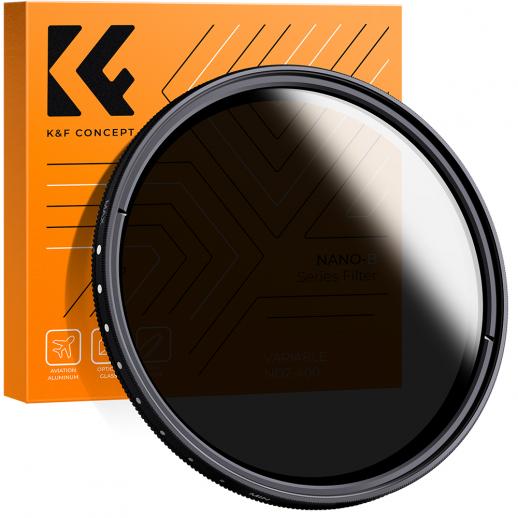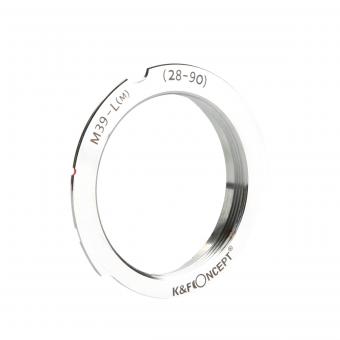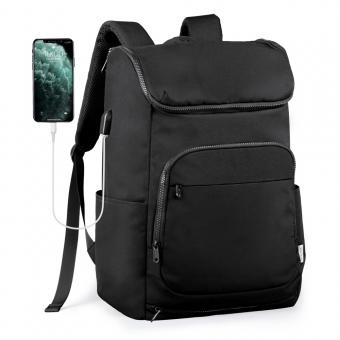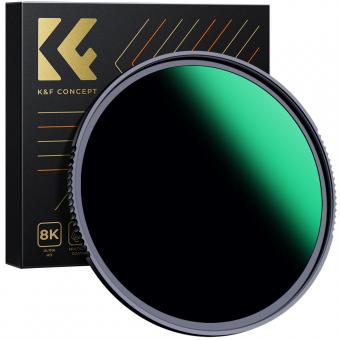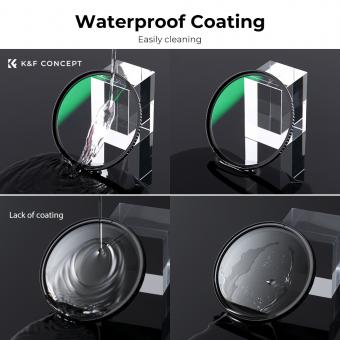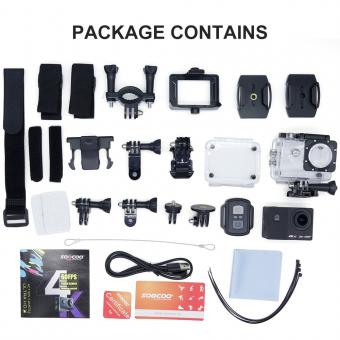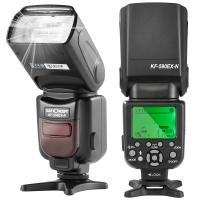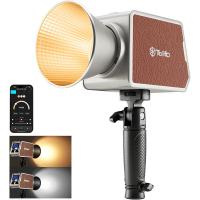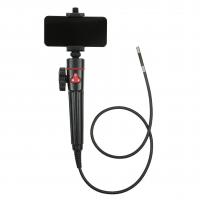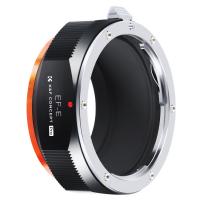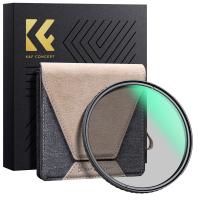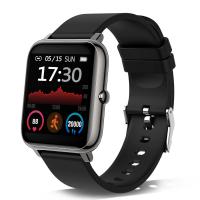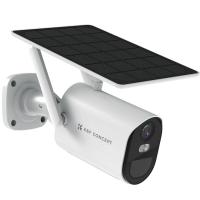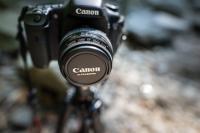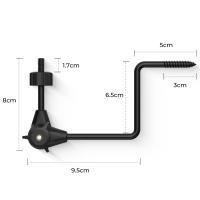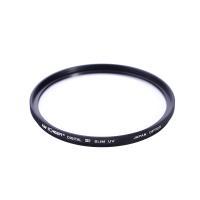What Nd Filter Fits On A 28mm Lens?
When it comes to photography, one of the most common questions that arise is about the compatibility of Neutral Density (ND) filters with specific lenses. In this article, we will delve into the specifics of choosing the right ND filter for a 28mm lens. This topic is particularly relevant for photographers who are looking to control exposure and achieve creative effects in their shots.
Understanding ND Filters
Neutral Density (ND) filters are essential tools in a photographer's kit. They reduce the amount of light entering the lens without affecting the color balance of the image. This allows photographers to use slower shutter speeds or wider apertures than would otherwise be possible in bright conditions. ND filters come in various strengths, typically measured in stops, which indicate how much light they block.
Why Use an ND Filter?
Before we get into the specifics of fitting an ND filter on a 28mm lens, it's important to understand why you might want to use one. Here are some common reasons:
1. Long Exposure Photography: ND filters allow for longer exposure times, which can create stunning effects such as smooth water in landscapes or motion blur in clouds.
2. Wide Aperture in Bright Light: If you want to shoot with a wide aperture to achieve a shallow depth of field in bright conditions, an ND filter can help prevent overexposure.
3. Video Shooting: For videographers, ND filters are crucial for maintaining the desired frame rate and aperture in varying lighting conditions.
Determining the Filter Size
The first step in choosing an ND filter for your 28mm lens is to determine the filter thread size. This information is usually found on the front of the lens or in the lens's manual. The filter thread size is typically measured in millimeters (mm) and is denoted by a diameter symbol (Ø). For example, a common filter thread size for a 28mm lens might be 52mm, 58mm, or 67mm, but this can vary depending on the specific make and model of the lens.
Types of ND Filters
There are several types of ND filters available, and the choice depends on your specific needs:
1. Fixed ND Filters: These filters have a set density and are available in various strengths, such as ND2, ND4, ND8, etc. They are straightforward to use but may require you to carry multiple filters for different lighting conditions.
2. Variable ND Filters: These filters allow you to adjust the density by rotating the filter, providing a range of stops in one filter. They are versatile but can sometimes introduce unwanted artifacts like vignetting or color shifts, especially at extreme settings.
3. Graduated ND Filters: These filters have a gradient, with one part being darker than the other. They are useful for balancing exposure in scenes with a significant difference in brightness, such as landscapes with a bright sky and dark foreground.
Choosing the Right ND Filter Strength
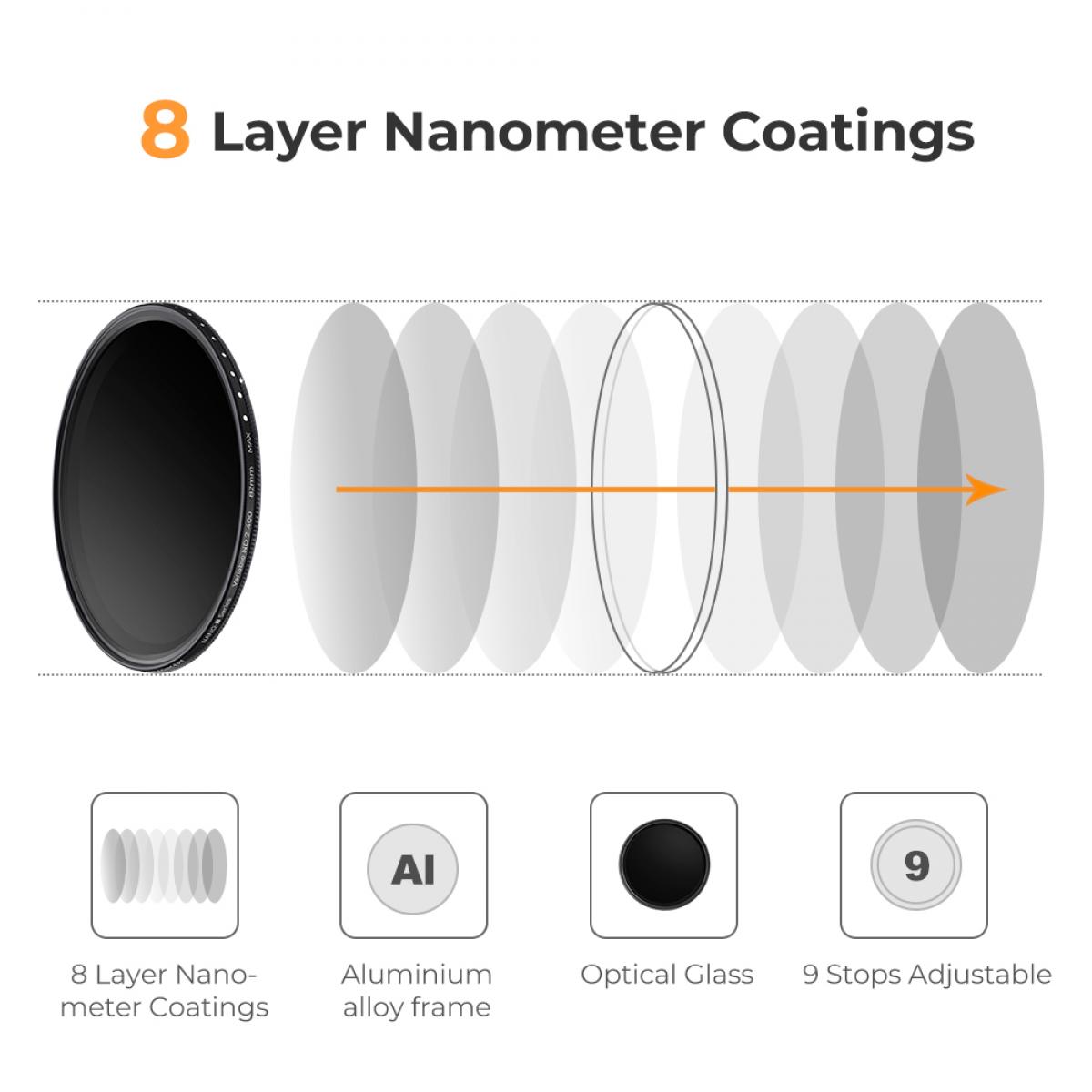
The strength of the ND filter you need depends on the effect you want to achieve. Here are some general guidelines:
- ND2 (1 Stop): Reduces light by 50%, useful for slight exposure adjustments.
- ND4 (2 Stops): Reduces light by 75%, good for moderate light reduction.
- ND8 (3 Stops): Reduces light by 87.5%, suitable for more significant light reduction.
- ND16 (4 Stops) and above: These are used for very bright conditions or when you need to achieve very long exposures.
Practical Considerations
When selecting an ND filter for your 28mm lens, consider the following practical aspects:
1. Quality: Invest in high-quality filters to avoid issues like color casting, vignetting, or loss of sharpness. Brands like B+W, Hoya, and Tiffen are well-regarded in the photography community.
2. Compatibility: Ensure the filter size matches your lens's thread size. Using step-up or step-down rings can help if you have filters of different sizes, but it's best to have a direct fit.
3. Ease of Use: Variable ND filters offer convenience but may compromise on image quality at extreme settings. Fixed ND filters are more reliable but less flexible.
Choosing the right ND filter for your 28mm lens involves understanding your specific needs, determining the correct filter size, and selecting the appropriate type and strength of the filter. By considering these factors, you can enhance your photography and achieve creative effects that would be difficult or impossible without an ND filter.
Whether you're a landscape photographer looking to smooth out water and clouds, a portrait photographer aiming for a shallow depth of field in bright light, or a videographer needing to control exposure, the right ND filter can make a significant difference in your work. Invest in quality filters, understand their strengths and limitations, and experiment with different settings to find what works best for your style and subject matter. Happy shooting!

